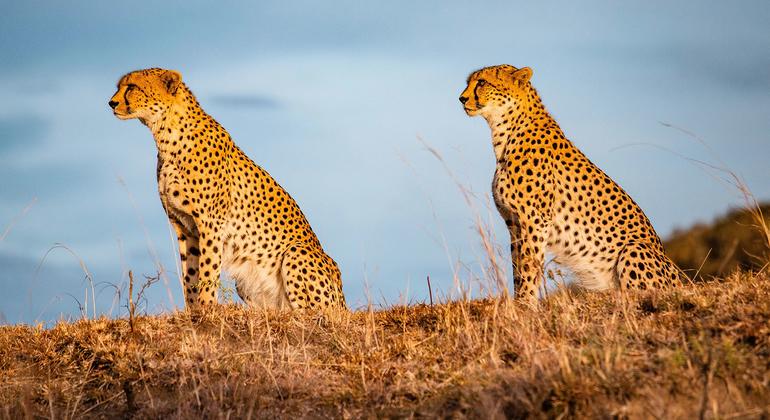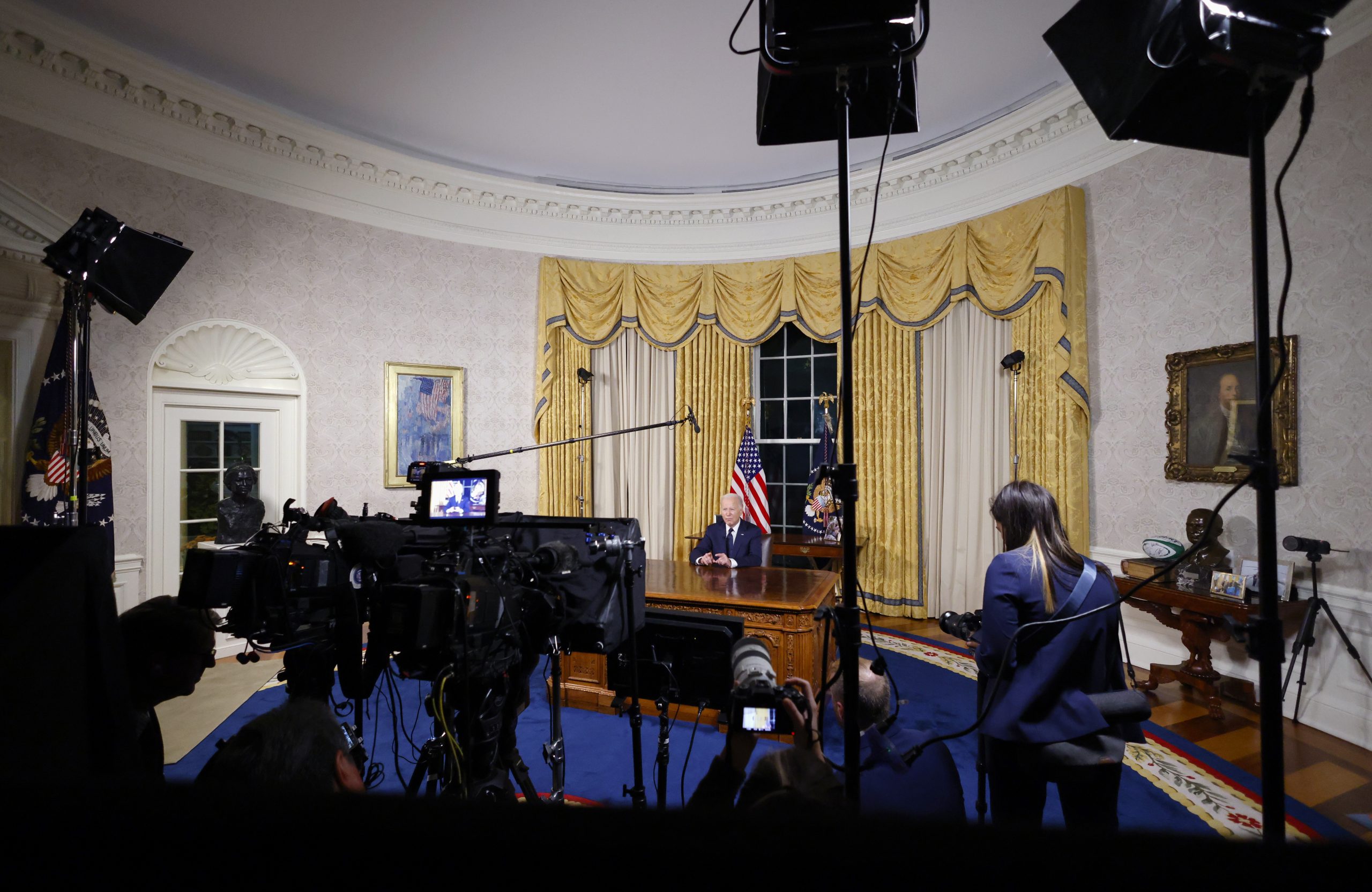“One million species teeter on the brink of extinction, due to habitat destruction, fossil fuel pollution and the worsening climate crisis. We must end this war on nature,” UN Secretary-General António Guterres warned in his message for the Day.
The scores of species of fauna and flora under threat from human activities include some that may come as a surprise – such as giraffes, parrots and seaweeds – but the UN chief also pointed to some good news.
Landmark treaty turns 50
This year’s commemoration of World Wildlife Day also marks the 50th anniversary of the Convention on International Trade in Endangered Species (CITES).
The treaty, signed on 3 March 1973, has helped protect thousands of species of plants and animals.
Furthermore, in December governments adopted an agreement known as the Kunming-Montreal Global Biodiversity Framework, aimed at achieving a tenfold reduction in the extinction rate of all species by mid-century.
‘Bolder actions’ needed
Mr. Guterres noted that the theme for the Day – ‘Partnerships for Wildlife Conservation’ – highlights the need to work across governments, civil society, and the private sector to turn commitment into action.
“And we need much bolder actions now to cut emissions, accelerate renewables, and build climate resilience,” he added. “Throughout, we need to place the voices of local communities and indigenous people – our world’s most effective guardians of biodiversity – front and centre.”
Inger Andersen, Executive Director of the UN Environment Programme (UNEP) echoed this appeal, “because let’s face it, indigenous people know more about conservation than many a scientist does.”
She underscored the crucial importance of immediate action.
“This World Wildlife Day let’s commit to forging a closer partnership with nature. Because our future, and that of all species on this beautiful Earth, depends on it,” she said.

A sea turtle swims through the waters of Aruba in the Caribbean.
Unprecedented losses
“Partnerships for conservation are vital, as no organisation, and that includes the UN, can tackle the biodiversity crisis on their own,” added CITES chief Ivonne Higuero.
She said there has never been a greater time for effective wildlife protection as the 50th anniversary year has seen “unprecedented drops” in animal and plant populations.
“The balance of nature is being affected. We rely on wildlife to give us food, shelter, medicines, fuel and fun…but these products aren’t inexhaustible,” she stressed.
Solidarity, hope and funding
For the President of the UN General Assembly, Csaba Kőrösi, the Kunming-Montreal framework shows both a strong sense of solidarity with future generations, the environment and wildlife.
He urged countries to do their utmost in implementing the agreement, underscoring the need for partnerships to rebuild degraded areas and restore healthy environments.
“It is also crucial in curbing wildlife-related crimes to successfully protect biodiversity. Indigenous communities must be included in these partnerships,” he said. “But if we really want to see change, we must boost conservation and protection funding too.”




